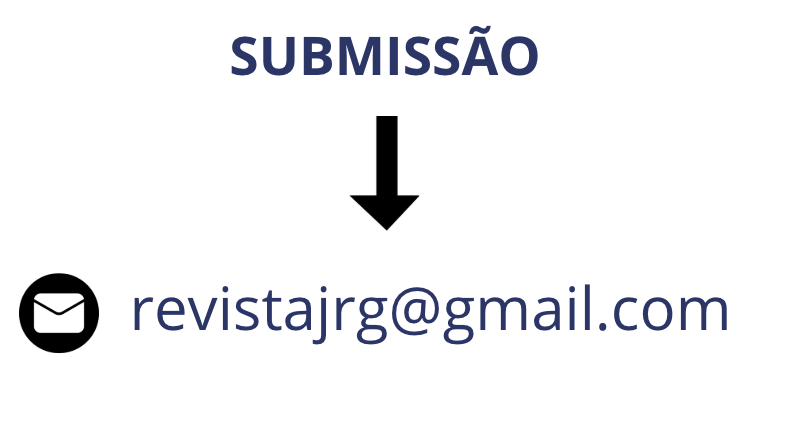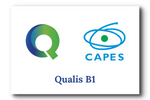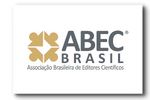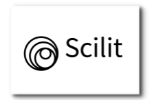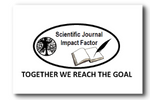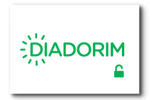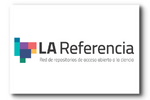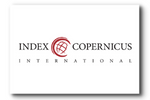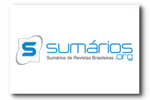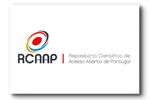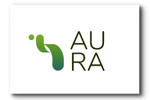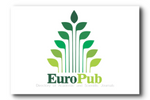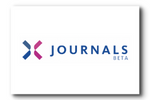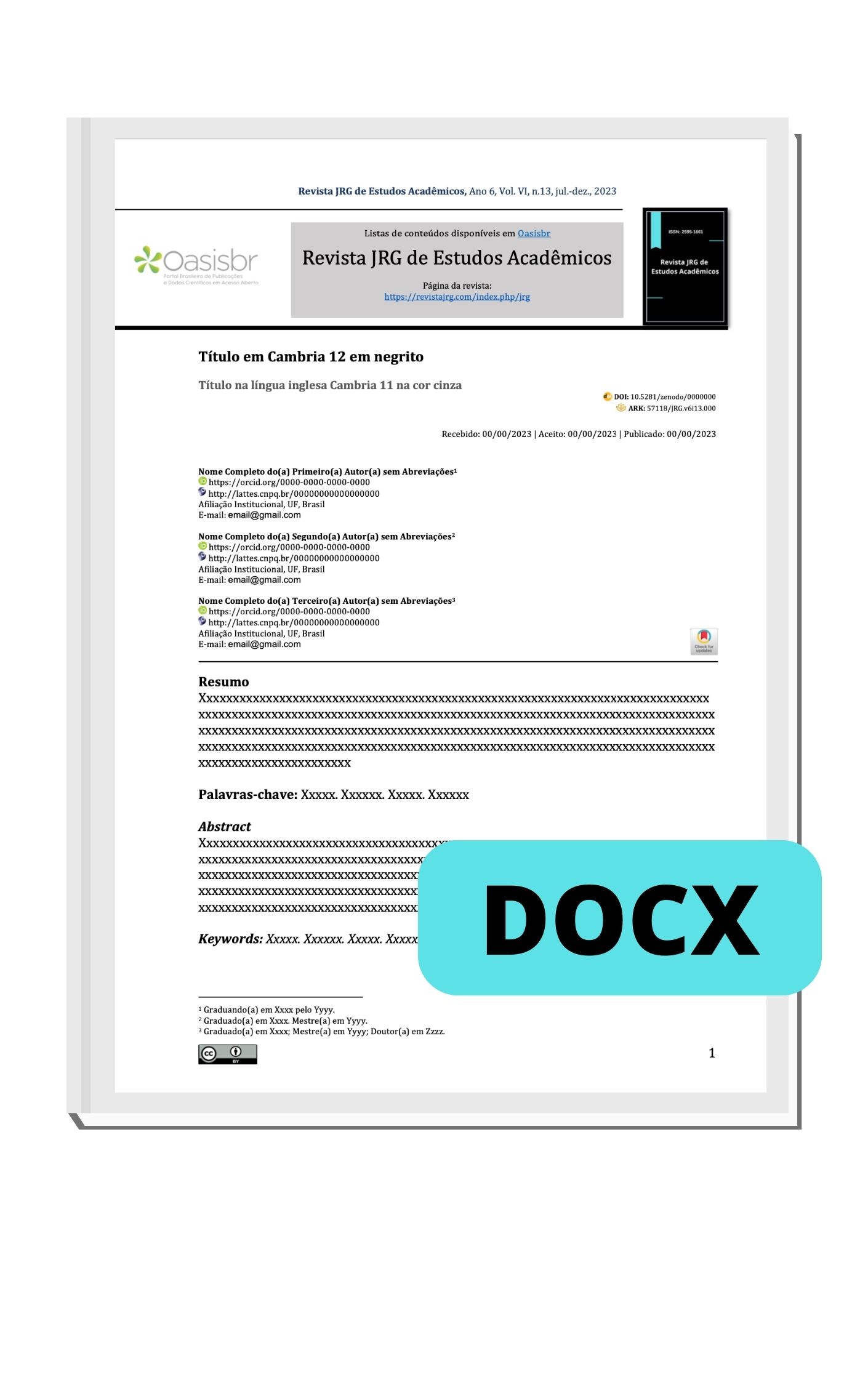Approach to positional cranial asymmetries in hospitalized newborns: proposal for a multidisciplinary identification protocol
DOI:
https://doi.org/10.55892/jrg.v8i18.2040Keywords:
Cranial asymmetries, positional plagiocephaly, intensive therapy, early intervention, neurodevelopmentAbstract
Introduction: Positional cranial asymmetries are alterations in head shape that are particularly common among premature newborns due to bone malleability and reduced cervical control. Factors such as prolonged hospitalization, prematurity, intrauterine positioning, mode of delivery, multiple pregnancies, among others, significantly contribute to the development of these deformities, which can impact child development. In this context, understanding the effects of hospitalization on newborns constitutes a starting point for reflection and enables the design of actions within the multidisciplinary team aimed at minimizing the adverse effects of the hospital environment. Objective: To develop a multidisciplinary identification protocol for positional cranial asymmetries in hospitalized newborns.Methodology: This study is based on a literature review of scientific databases, as well as classical texts and educational materials related to the topic. Articles published between 2014 and 2024 in Portuguese, English, and Spanish, focusing on the assessment of infants at risk for or diagnosed with cranial asymmetries, were included. Following selection and analysis of the material, a qualitative multidisciplinary assessment protocol was developed to facilitate early identification and management of these conditions in hospitalized neonates.Results: The protocol was divided into two sections: (1) Maternal and newborn clinical history to monitor pre-, peri-, and postnatal factors; and (2) Application of the Argenta Scale and a visual identification checklist.Conclusion: Positional cranial asymmetries in hospitalized newborns reflect the impact of external factors on neurodevelopment, particularly in the context of prolonged neonatal intensive care. The role of the physical therapist, in collaboration with the multidisciplinary team, is crucial for the early identification and management of these deformities. This study proposes an accessible protocol for detecting these conditions, promoting early intervention. However, it emphasizes the need for future research to strengthen scientific evidence and validate clinical practices that ensure healthy neonatal development and improve the quality of hospital care.
Downloads
References
ARGENTA, L. Artigos Originais Classificação Clínica de Plagiocefalia posicional. [s.l: s.n.].
BEAL, J. A. Evidence for Best Practices in the Neonatal Period. MCN, The American Journal of Maternal/Child Nursing, v. 30, n. 6, p. 397–403, nov. 2005.
CABRERA-MARTOS, I. et al. Impact of torticollis associated with plagiocephaly on infants’ motor development. Journal of Craniofacial Surgery, v. 26, n. 1, p. 151–156, 21 jan. 2015.
CAMARGOS, A. C. RESENDE. et al. Fisioterapia em pediatria: da evidência à prática clínica. 1. ed. Rio de Janeiro: MEDBOOK – Editora Cientíca Ltda, 2019. v. 1
CHENG, J. C. Y. et al. Clinical determinants of the outcome of manual stretching in the treatment of congenital muscular torticollis in infants. A prospective study of eight hundred and twenty-one cases. The Journal of bone and joint surgery. American volume, v. 83, n. 5, 2001.
CIGARROA, I. et al. Positional cranial deformities in preterm infants and their association with health indicators Deformidades craneales posicionales en lactantes prematuros y asociación con indicadores de salud. Andes pediatr, v. 94, n. 3, p. 361–369, 2023.
Development of a checklist for neonatal perioperative care in cardiac surgery. [s.d.].
ELLWOOD, J.; DRAPER-RODI, J.; CARNES, D. The effectiveness and safety of conservative interventions for positional plagiocephaly and congenital muscular torticollis: a synthesis of systematic reviews and guidance. Chiropractic & Manual Therapies, v. 28, n. 1, p. 31, 11 dez. 2020.
FIELD, T. et al. Prenatal, perinatal and neonatal stimulation: A survey of neonatal nurseries. Infant Behavior and Development, v. 29, n. 1, p. 24–31, jan. 2006.
GENZEL‐BOROVICZÉNY, O. et al. Mortality and major morbidity in premature infants less than 31 weeks gestational age in the decade after introduction of surfactant. Acta Obstetricia et Gynecologica Scandinavica, v. 85, n. 1, p. 68–73, 31 jan. 2006.
GIACHETTA, L. et al. Influência do tempo de hospitalização sobre o desenvolvimento neuromotor de recém-nascidos pré-termo. Fisioterapia e Pesquisa, v. 17, n. 1, p. 24–29, mar. 2010.
INCHINGOLO, A. D. et al. A Systematic Review of Positional Plagiocephaly Prevention Methods for Patients in Development. Applied Sciences (Switzerland)MDPI, , 1 nov. 2022.
KAPLAN, S. L.; COULTER, C.; SARGENT, B. Physical Therapy Management of Congenital Muscular Torticollis: A 2018 Evidence-Based Clinical Practice Guideline From the APTA Academy of Pediatric Physical Therapy. Pediatric Physical Therapy, v. 30, n. 4, p. 240–290, out. 2018.
KILBRIDE, H. W. et al. Early Neurodevelopmental Follow-up in the NICHD Neonatal Research Network: Advancing Neonatal Care and Outcomes, Opportunities for the Future. Seminars in perinatology, v. 46, n. 7, p. 151642, 1 nov. 2022.
LAUGHLIN, J. et al. Prevention and Management of Positional Skull Deformities in Infants. Pediatrics, v. 128, n. 6, p. 1236–1241, 1 dez. 2011.
MARTINIUK, A. L. C. et al. Plagiocephaly and Developmental Delay: A Systematic Review. Journal of developmental and behavioral pediatrics : JDBP, v. 38, n. 1, p. 67–78, 1 jan. 2017.
MENDOZA T, L. A.; ARIAS G, M.; OSORIO R, M. Á. Factores asociados a estancia hospitalaria prolongada en neonatos. Revista chilena de pediatría, v. 85, n. 2, p. 164–173, abr. 2014.
MILLER, R. I.; CLARREN, S. K. Long-term developmental outcomes in patients with deformational plagiocephaly. Pediatrics, v. 105, n. 2, 2000.
OLIVEIRA, G. Y. O. DE et al. Morfologia craniana e influência na qualidade da amamentação e sucção de lactentes. Research, Society and Development, v. 12, n. 14, p. e29121444499, 14 dez. 2023.
OLIVEIRA, L. DE; MARTINS, M. S.; JÚNIOR, V. B. M. A intervenção fisioterapêutica em lactentes com assimetria craniana. Revista JRG de Estudos Acadêmicos , v. 7, n. 14, p. e14676–e14676, 2 jan. 2024.
PEITSCH, W. K. et al. Incidence of cranial asymmetry in healthy newborns. Pediatrics, v. 110, n. 6, 2002.
SANTIAGO, G. S. et al. Positional Plagiocephaly and Craniosynostosis. Pediatric annals, v. 52, n. 1, p. e10–e17, 1 jan. 2023.
SANTOS SAMPAIO, S. S. et al. Effects of Prone Positioning on Head Control in Preterm Infants: Randomized and Controlled Clinical Trial Protocol. International Journal of Environmental Research and Public Health, v. 20, n. 3, p. 2375, 29 jan. 2023.
SARGENT, B. et al. Physical Therapy Management of Congenital Muscular Torticollis: A 2024 Evidence-Based Clinical Practice Guideline From the American Physical Therapy Association Academy of Pediatric Physical Therapy. Pediatric Physical Therapy, v. 36, n. 4, p. 370–421, out. 2024.
SCHEIBL, U.; MITTERER, J. A. Multidisciplinary approach to treatment of positional cranial asymmetry in infants. Orthopadie, v. 53, n. 9, p. 709–718, 1 set. 2024.
STELLWAGEN, L. et al. Torticollis, facial asymmetry and plagiocephaly in normal newborns. Archives of disease in childhood, v. 93, n. 10, p. 827–831, out. 2008.




